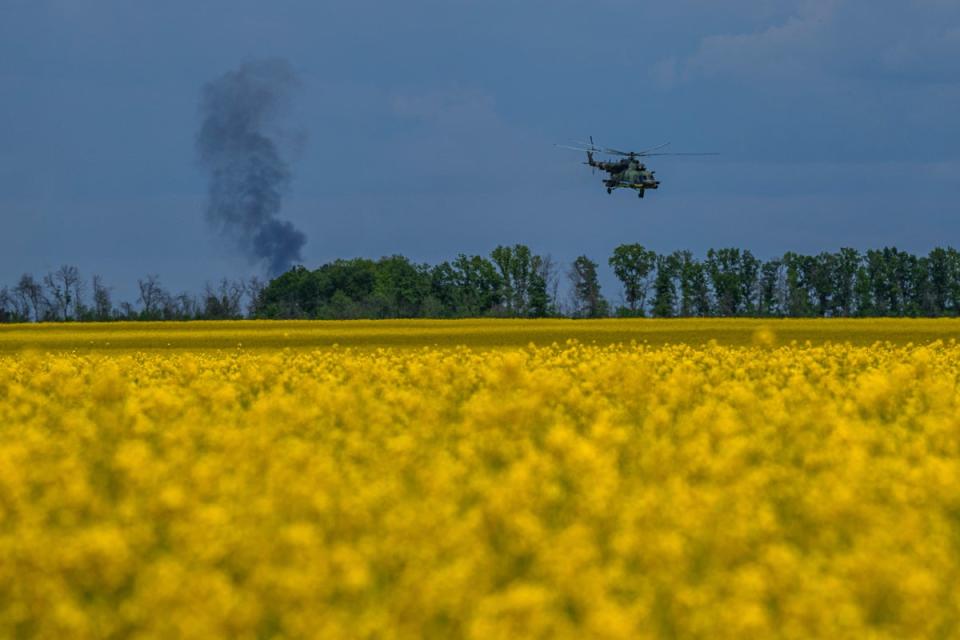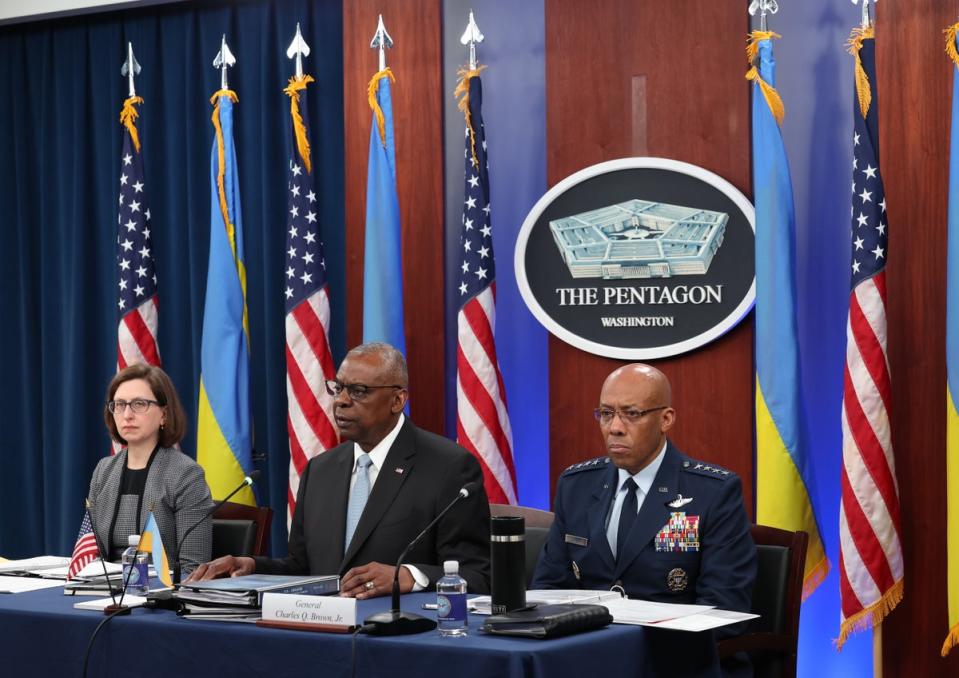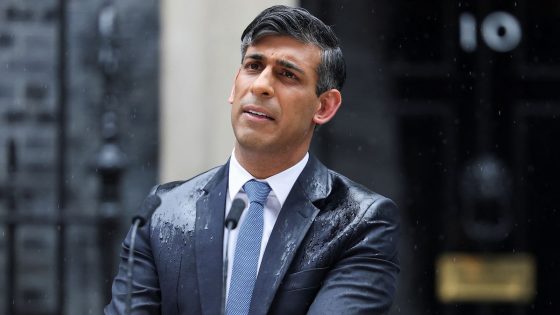Ukraine’s president Volodymyr Zelensky has said that decisions on military aid from Western allies are late “by around a year” as his nation’s troops fight off an assault by Russian forces in the northeast region of Kharkiv.
Mr Zelensky was speaking as fresh US support is starting to arrive after a $61bn (£48bn) package was finally signed off by president Joe Biden in April after months of delay in the US Congress, with Kyiv’s forces severely outgunned.
He described the delivery of military aid, in particular of air defences like the Patriot systems Ukraine relies on heavily to fight off Russia’s invasion, as “one big step forward but, before that, two steps back”.
“Every decision to which we, then later everyone together, comes to is late by around one year,” he said.
Mr Zelensky suggested ways in which allies could help more directly, including by shooting down Russian missiles over Ukrainian territory in certain circumstances.
Russian forces have seized nearly half the northeast Ukrainian town of Vovchansk, officials have reported, as Washington admitted that Ukraine and its allies were in a “moment of challenge”.
The small town, less than four miles from mainland Russia, located in Ukraine’s northeastern Kharkiv region, has become Kyiv’s primary defence against Vladimir Putin’s forces after they stormed across the border earlier this month.
In just 11 days across two areas – one towards Vovchansk and another attack directly north of Kharkiv city itself – Russian forces have advanced several miles into the region.
Last week, Russian troops entered the north and northwest suburbs of the town, where less than 200 civilians of its 17,000 pre-war population remain.
And in a rare detailed public assessment on Monday, the Kharkiv region’s deputy governor Roman Semenukha admitted on national television that Ukrainian forces now hold 60 per cent of Vovchansk.
“The enemy continues to try, especially inside Vovchansk, to push the Ukrainian armed forces out of the town,” he said. “About 60 per cent of the town is controlled by the Ukrainian armed forces, meaning that the assaults do not stop.”
He added that local authorities had evacuated around 10,500 people from the border areas since 10 May when Russia launched the assault on the Kharkiv region.

The region’s governor, Oleh Syniehubov, said the front line now runs along the Vovcha river, which cuts through the town.
“Our soldiers are trying to defend the town house by house, street by street,” Mr Syniehubov said. “The enemy’s plan to quickly capture the north of the region failed.”
According to Mr Zelensky, the battlefield situation in the northeast of the country is now under control.
Russia’s push in the Kharkiv region with assaults in the areas of Vovchansk and towards a village called Lyptsi, around 23 miles northwest, are incremental gains measured in single miles. But they have forced Ukraine to send in reinforcements, some of which have been pulled from other areas on the front line, to protect against an invasion of the Kharkiv capital, home to some 1.3 million civilians.
That is proving difficult for a Ukrainian military already stretched across a more than 600-mile front line where a better-equipped and manned Russia are advancing in multiple directions.
“The situation along the entire front line remains difficult,” writes a Ukrainian former officer who now runs an open source intelligence group called Frontelligence Insight, known to be informed directly by the Ukrainian military.
He said Russian forces had “intensified their attacks” in the Bakhmut area and towards Chasiv Yar, two cities in the eastern Ukrainian region of Donetsk that have been heavily battered by Russian forces.
Bakhmut was eventually taken last May after months of being razed to the ground. The officer said Russia was now “deploying a greater quantity of troops” to take Chasiv Yar as well.


Around 60 miles to the south, Russian forces also “made territorial gains in the Krasnohorivka area” in the Donetsk region. The officer added that, despite these developments, the front line “remains relatively stable with no signs of imminent collapse”.
But Ukraine’s allies are nonetheless concerned that Russian forces could make the most of their current advantage and push further into Ukrainian-held territory. “We’re meeting at a moment of challenge,” said US defence secretary Lloyd Austin III at the opening of the virtual 22nd Ukraine Defecse Contact Group, a meeting of 50 of Kyiv’s allies.
“Putin’s invaders have launched another offensive onto sovereign Ukrainian territory. And the Kremlin’s forces will try to make further advances in the weeks ahead – and try to carve out a buffer zone along the Ukrainian border.”
He added: “This is a hard, dangerous fight.”
The US announced no new aid packages at the meeting, even as Ukrainian forces continue to complain that weapons are just trickling into the country after being stalled for months due to congressional gridlock over funding.
But Mr Austin vowed to keep US weapons moving “week after week”.
Source Agencies



